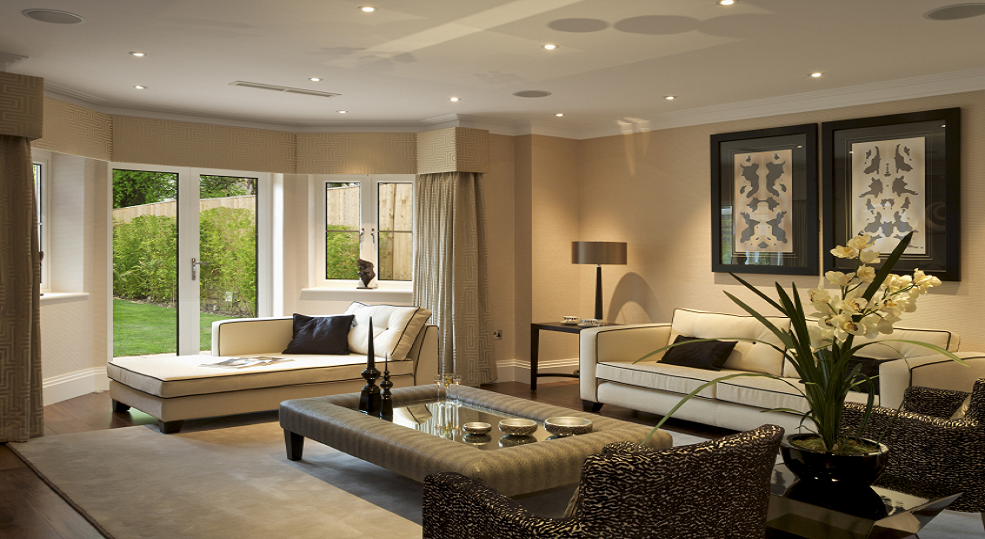Which Paint Sheen to Choose?
As a painting contractor, I am constantly asked by my clients which paint sheen is best. This is one of those questions that doesn’t have a single, correct answer. Every sheen has pros and cons associated with it. For this article I am focusing specifically on interior, residential applications.
Before you can decide what the best sheen is, you must understand environment in which the coating is exposed.
Here are the factors that you must consider when choosing a sheen:
1. How much wear and tear will the coating be exposed to? Are their pets or children that frequently and/or roughly touch the walls? Is it a high traffic area like an entry way or mud room? Will the area be exposed to abnormal conditions like steam, smoke , or grease? If the walls are going to get a lot of wear and tear or will require cleaning, you will need something with a sheen. Paints with sheen are more durable and washable. Some manufacturers have “washable flats.” These coats have outstanding durability with a very slight sheen. Most of them are as good as advertised. They are, however, expensive.
2. In what condition are the walls? Do the walls have bad repair work done? Are there nail pops? Is the drywall hung and finished poorly? If you answered yes to any of these, you should opt for a flatter sheen paint. The flatter the sheen, the fewer imperfection you will see. This is because light bounces off of imperfections at odd angles and if you have a sheen, you will see a glare at the imperfection.
How dark is the color? Darker colors tend to be unforgiving when showing lap marks and surface imperfections. Paints with higher sheen have these same limitations. That is why I don’t recommend using higher sheen paints for dark colors. (I am referring to walls with this statement. In some applications, this is not true). This isn’t a rule, but my expert recommendation is “the darker the color, the flatter the sheen.”
Well that’s about it. I’m sure we can think of other factors that can influence paint sheen, but the three above cover 95% of all interior, residential projects.
To sum up
Flatter sheen paints:
Pros – Better at hiding imperfections, touching up, give walls a softer, smoother look.
Cons – Mar and scuff easily, not washable, tend to fade faster
Higher sheen paints:
Pros – Durable, washable, holds sheen and color
Cons – Show imperfections, laps marks, and glare
By Daniel Macris
Daniel Macris is the president of GreenWave Solutions, Inc. in Atlanta, GA. GreenWave Solutions is the premier painter in Atlanta. We are the first “Green” contractor in Atlanta.
Connect with Painters on Google+



